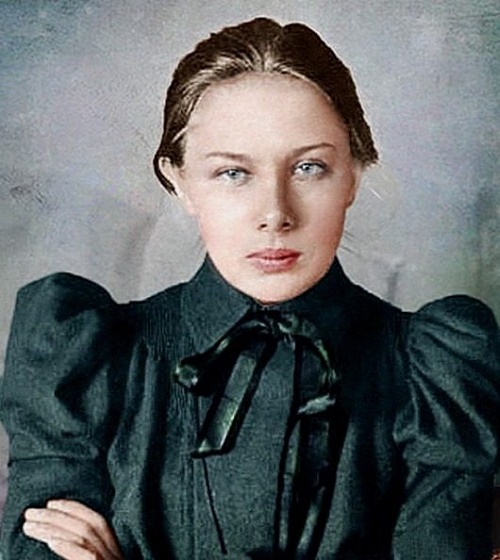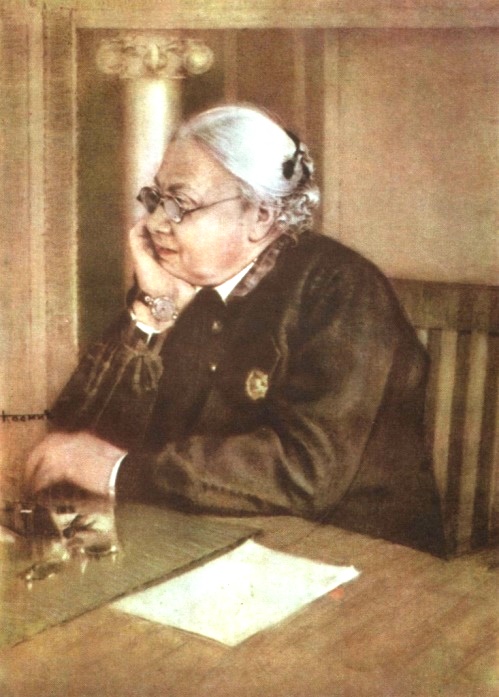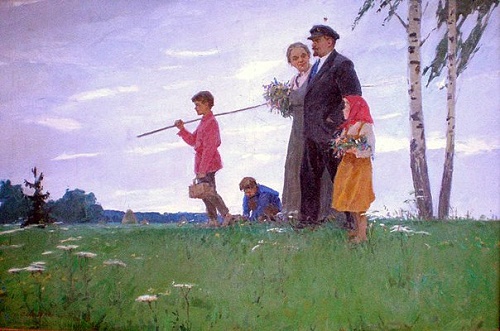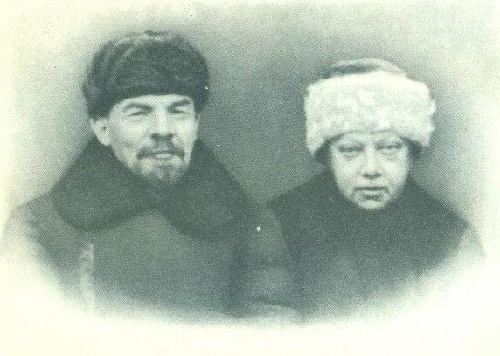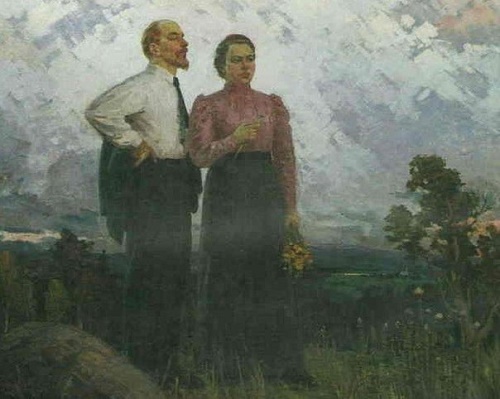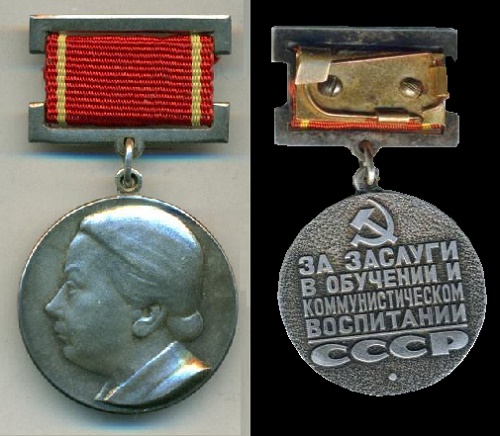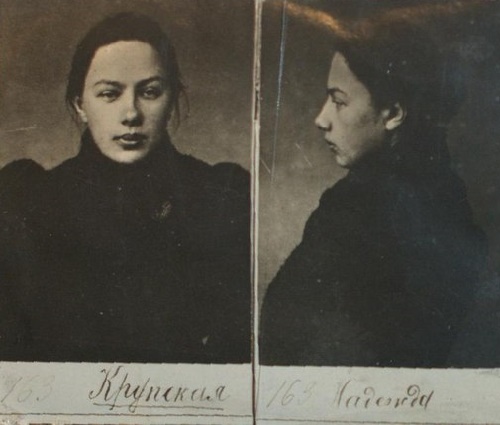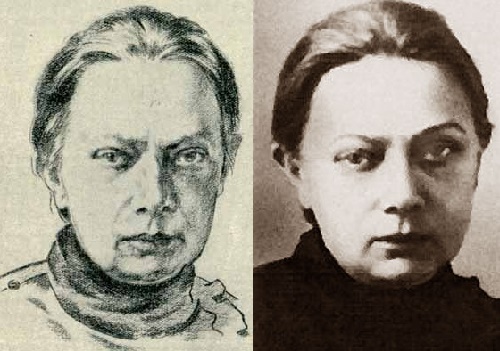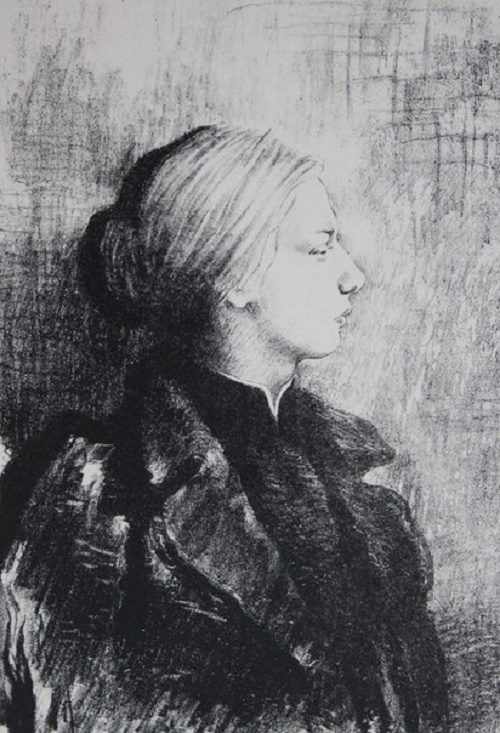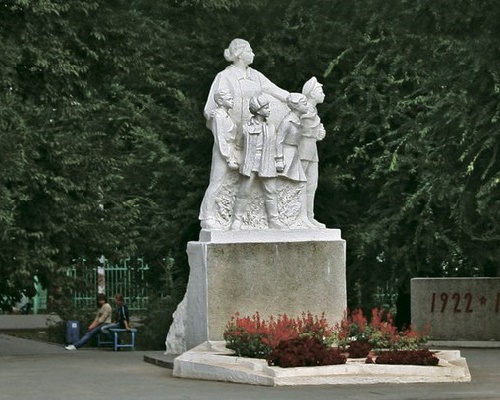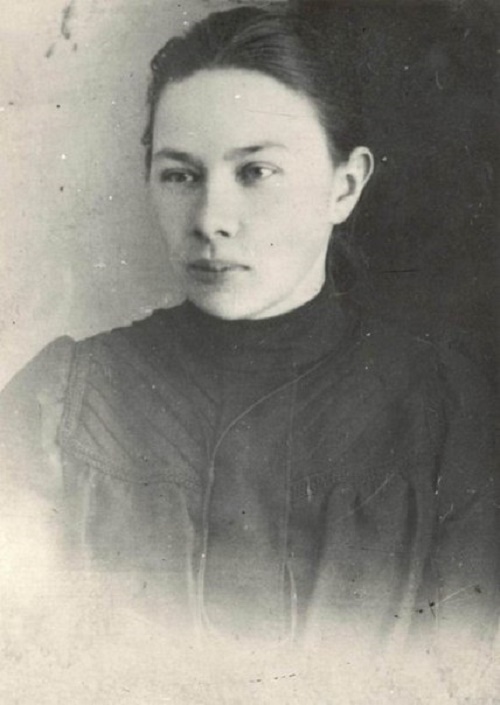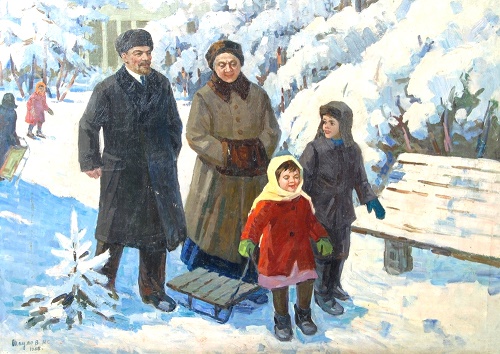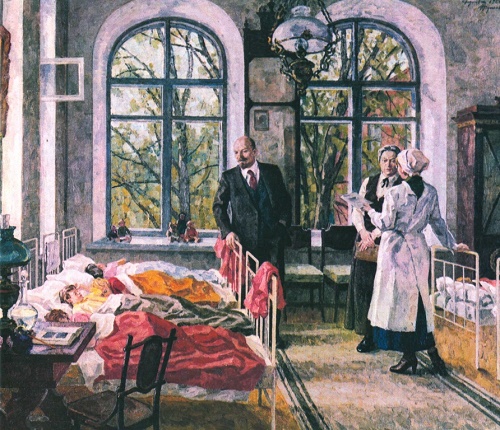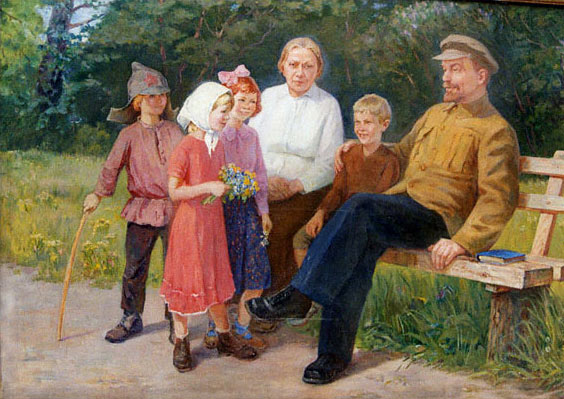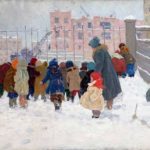Nadezhda Krupskaya in Soviet Art
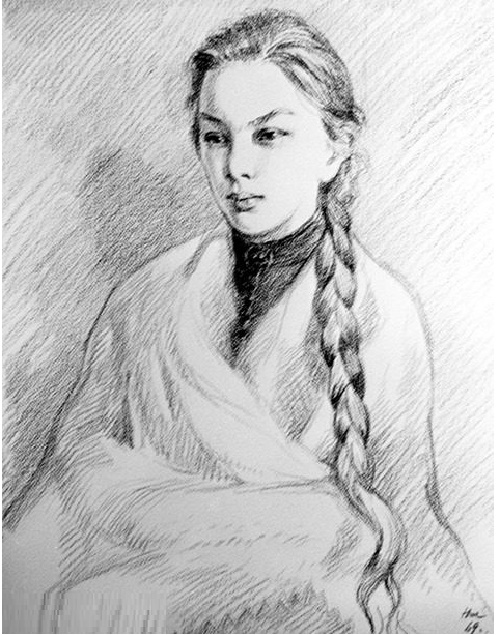
Nadezhda Krupskaya in Soviet Art. Nikolay Zhukov (1908-1973). Portrait of Nadezhda Krupskaya. Pencil. 1969
Nadezhda Krupskaya in Soviet Art
Nadezhda Krupskaya (1869 – 1939) dedicated her life to the struggle for the happiness of the working people, for communism. Much effort and energy she gave to the complex challenges of science teaching, the creation of the Soviet school, the formation of education system based on new principles. She saw this as one of the necessary conditions for the successful building of socialism in the USSR. Lenin spoke highly of pedagogical activity of Krupskaya. Nadezhda Krupskaya is considered one of the founders of Soviet pedagogy. Her ideas, tips to this day are of great importance. As a gifted teacher, a Marxist, Krupskaya was able to see far ahead, and many of her ideas born at the dawn of life of the USSR, had a huge effect. Maybe not everyone knows that Krupskaya was an active promoter of the fine arts, considering it as a powerful means of communist education of the younger generation.
Art, according to Krupskaya, can teach people better, thinner understand each other, “perceive experience in feelings of others”, that the capacity for mutual understanding – one of the essential prerequisites for the formation of collectivism in children. She was particularly interested in the fine arts, sought to the greatest possible number of people to join it, averting a major role in this to practical drawing training.
Krupskaya insisted – children were to be provided with a versatile art education, that school programs on the drawing were to be understandable, interesting, saturated. She opposed the utilitarian, the consumer approach to the arts. The school must attach the children to understand the realistic painting, drawing, sculpture. “It is necessary to familiarize with works of art” – said Nadezhda, when there was a discussion on the fine arts programs, projects. In her writings, she taught to distinguish “philistine, unprincipled art and the art of ideological, which gives an idea of the development in the future.” Taught “to apply dialectical approach – to take things in their real environments in their development perspective.”
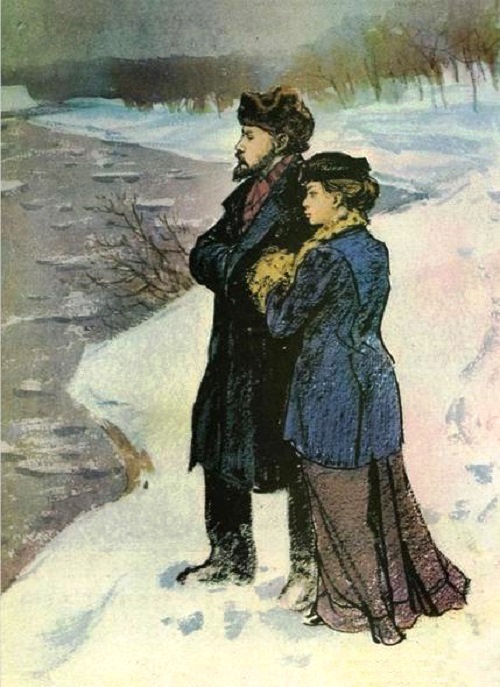
Nadezhda Krupskaya in Soviet Art. The ice is broken (Vladimir Lenin and Nadezhda Krupskaya). Painting by Soviet artist Nikolai Zhukov
Krupskaya gave a worthy rebuff to those who deny the important role of art in the formation of personality, training separated from education, sought to play down the lead role in the feature graphic reading and writing training and education. “Teens are focusing on the details, on drawing them – contrary to futurists who believe that it is harmful and does not need to be taught exactly the display, do not want to give the children the theory of perspective. Let the kids draw at random, what a disaster. Oblique pattern can better convey the mood. But the technique requires just accuracy. You can not teach error on curved figures. The struggle for the technique dictates a serious fight, in particular, with futuristic biases in teaching drawing. From artisan copy will best insure the proper training of fine arts from the first stage, the ability to understand works of art … The Futurists say: “Let Drawing teach the accuracy of image , the problem of art is other.” This is not true. It is simply a desire to fend off nominated by the demands of life.” As Krupskaya wrote in “Note on the fine arts in the school” (1931).
Defending the Marxist-Leninist positions in art, Krupskaya criticized those who do not take into account the ideological content of works of art: “The content of the idea of the painting is a central issue. If we seriously want to put art at the service of socialist construction … we need to think deeply ideological content of the pictures … We need only correct Marxist-Leninist assessment of these paintings as the ideological creation of this class of product in a certain historical period. ”
In those years very seriously raised the question of polytechnic education. Nadezhda acted much on this issue with the reports, writing articles. She based on the teachings of Lenin on the polytechnic education, and her writings have served for Soviet pedagogy true landmark. We must not forget Krupskaya guidance on the role of art in this great Cause. “Painting, – she said – is as a necessary part of the study of art, as well as study of physics, etc. It -.. Extremely important thing.” That’s right, on a par with such an important subject as physics, Nadezhda put visual arts, and particularly painting.
An equally important role Krupskaya gave to how, what methods, and what ways to take for the children ‘ability to display a vision”, to master the technique of drawing. The children need to learn to “grasp the basic characteristic, taken as a genuine link”, – said Krupskaya. Some have tried to go the way of direct imitation. “To avoid copying artisan”, – Nadezhda taught, we must be able to “understand works of art” and have a habit of “taking things in their real relations and mediations, in their development.” Krupskaya emphasized that this should be done, because “picture is closely related to the depth of understanding, with the representation of the human subject.”
Nadezhda identified a inverse relationship as well: with the help of fine art will be “more understandable, closer, clearer this or that phenomenon, or an idea.” Or: “Through mapping to deepen his (the child -. NM) understanding of things.” This is precisely the educational function of art, which plays such an important role in the educational process.
Nadezhda Krupskaya in Soviet Art
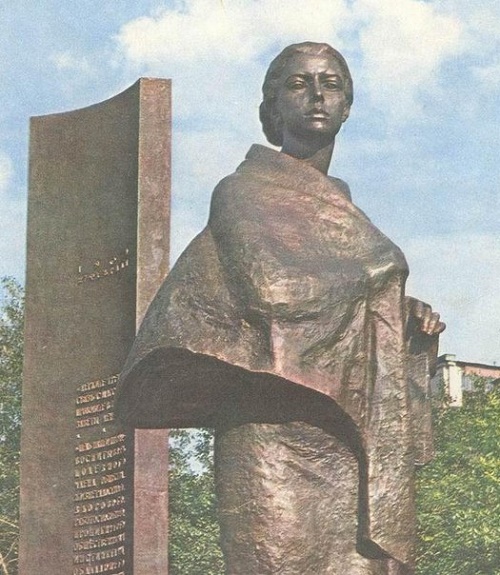
Monument to Nadezhda Krupskaya on Sretensky Boulevard in Moscow. Sculptors EF Belashova AM Balashov, architect VL Voskresensky. Installed 1 June 1976
Sources:
magazine Young Artist, USSR
Book by TG Logvinova. Nadezhda Krupskaya. Moscow. Thought 1986
